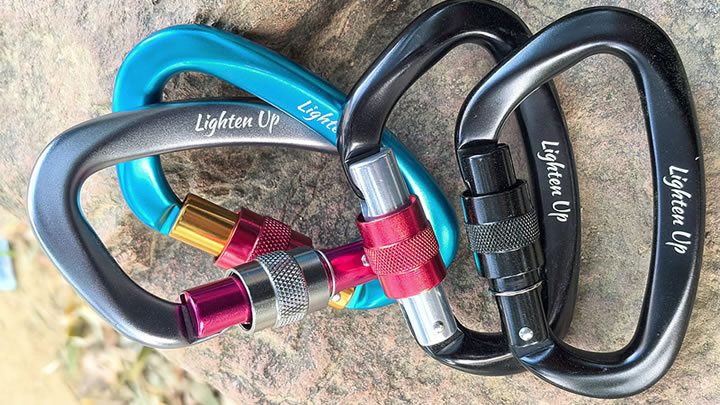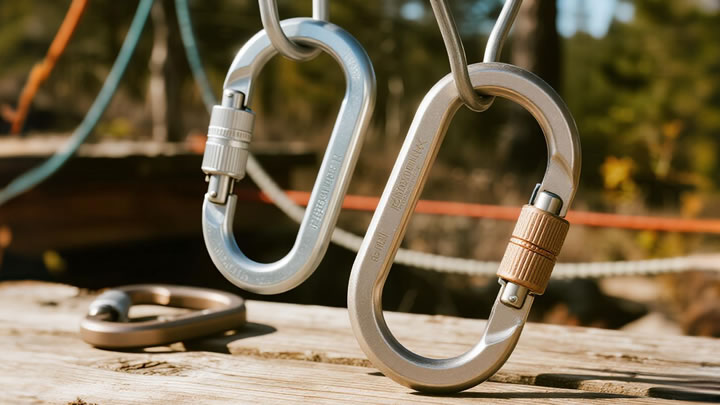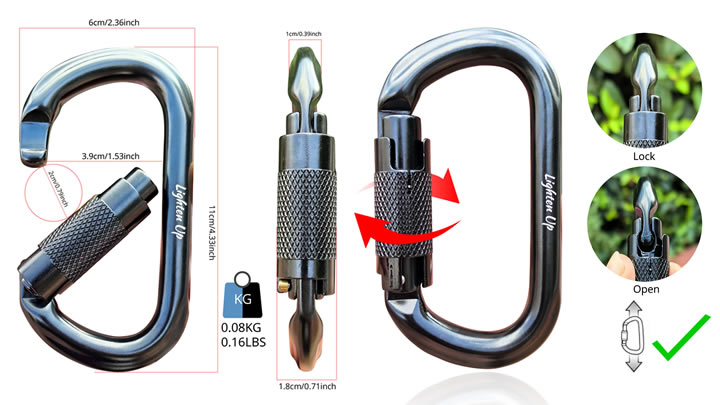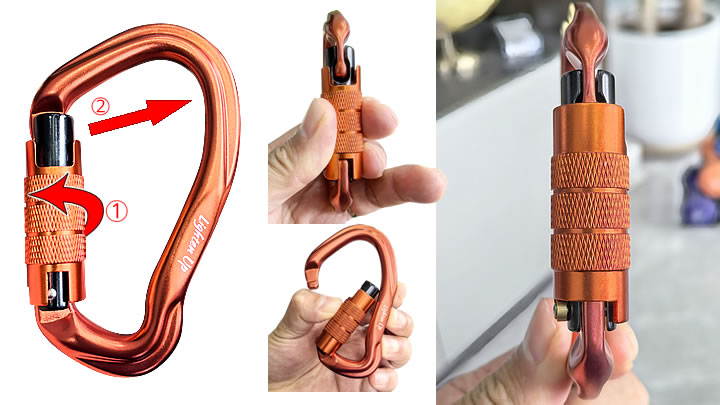D-shaped vs. Oval Carabiner Hook Strength
In the world of climbing and technical rope work, the choice of equipment is a deliberate calculation of safety, weight, and function. When comparing carabiners, the debate between D-shaped and oval models often centers on one critical metric: strength. While both are incredibly strong when certified, their structural philosophies lead to significant differences in performance and application. Understanding the engineering behind their strength is key to selecting the right tool for the task.
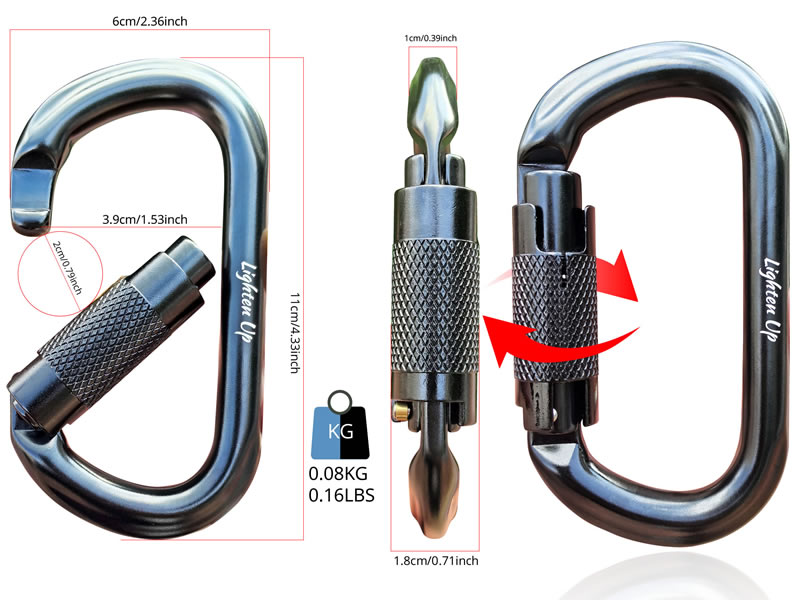
The Engineering Advantage of the D-Shaped Carabiner
The D-shaped carabiner is a masterpiece of efficient design. Its fundamental strength lies in its asymmetry.
- Load Distribution: In a D-shape, the load applied along the major axis (spine to gate) is channeled directly down the non-gate side—the long, straight spine. This is the carabiner's strongest structural member.
- Minimized Gate Load: By positioning the curved gate side opposite the spine, the design minimizes the amount of force that is transferred to the weaker, hinged gate assembly. This creates a more direct and efficient load path.
- Superior Strength-to-Weight Ratio: This efficiency allows manufacturers to create a D-shaped carabiner that is both stronger and lighter than an oval carabiner of a similar size. For a climber carrying dozens of carabiners, this weight saving is a substantial advantage without any sacrifice in safety. A typical D-shaped climbing carabiner boasts a major axis strength of 22-28 kN (approx. 4,900-6,300 lbf), comfortably exceeding UIAA/CE standards.
In essence, the D-shape is engineered to be a specialist in strength, making it the undisputed choice for life-critical connections like bearing leader falls, building anchors, and securing belay devices.
The Functional Role of the Oval Carabiner
The oval carabiner, with its symmetrical design, operates on a different principle.
- Even Force Distribution: The load is distributed more evenly around the entire frame. While this sounds beneficial, it means that a significant portion of the force is inevitably carried by the weaker gate side.
- The Weight Penalty: To achieve the same minimum breaking strength as a D-shape, an oval carabiner must use more material, making it heavier for an equivalent strength rating.
- The Niche of Versatility: Where the oval excels is not in pure strength, but in its versatility and function. Its symmetrical shape is ideal for:Gear Organization: It can accommodate multiple slings or pieces of webbing without bunching up or creating awkward cross-loading.Pulleys and Ascenders: Many mechanical devices are designed to work optimally with the symmetrical profile of an oval carabiner.Avoiding Cross-Loading: In confined spaces, a D-shape can more easily be twisted into a cross-loaded position (loaded on its minor axis). An oval is less prone to this, though the risk is never zero.
Making the Informed Choice: Application is Key
The choice between a D-shape and an oval is not about one being universally "better," but about matching the tool to the task.
- Choose a D-Shaped Carabiner for:Belay Devices: Where maximum strength and security are paramount.Quickdraws (Rope End): For easy clipping and high-strength performance.Critical Anchor Points: Where you need the highest strength-to-weight ratio.
- Choose an Oval Carabiner for:Managing Multiple Gear Loops: Where its symmetrical shape prevents tangling.Use with Pulley Systems: Where its shape allows the pulley to sit correctly.Static Load Scenarios: Such as a gear sling or certain fixed rigging situations where its versatility is an asset.
Conclusion
In the head-to-head comparison of strength, the D-shaped carabiner is the definitive winner. Its intelligent design directs force away from its weakest point, resulting in a lighter, stronger component for life-or-death loads. The oval carabiner, while strong enough for its certified purposes, carries a weight penalty and serves a different role as a versatile workhorse for organization and specific mechanical systems. For the modern climber focused on performance and safety, the D-shape is the standard for a reason. However, a well-rounded kit will often include both, leveraging the unique advantages of each design for a safer, more efficient experience on the rock.

